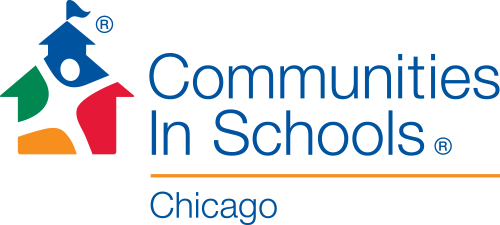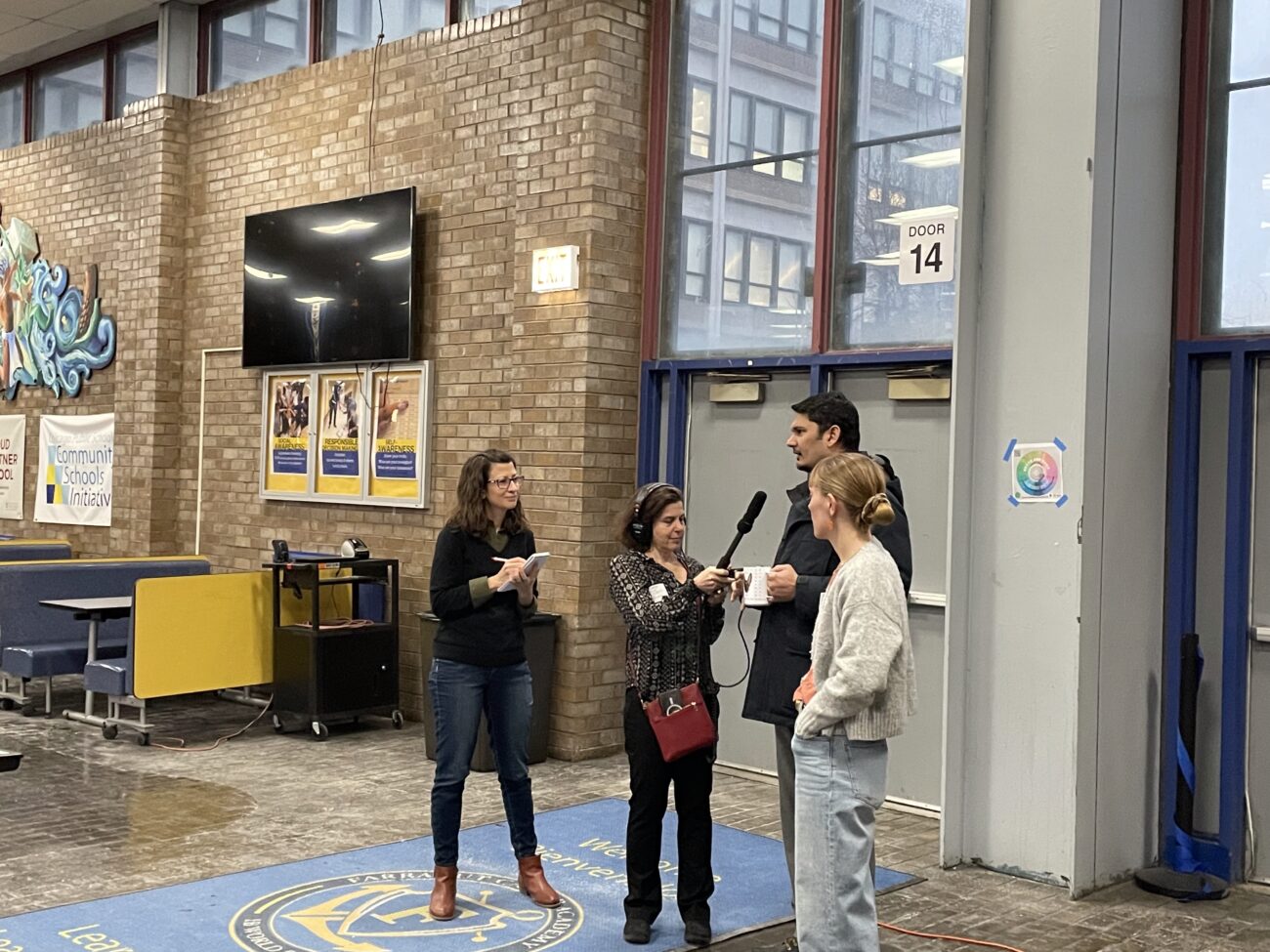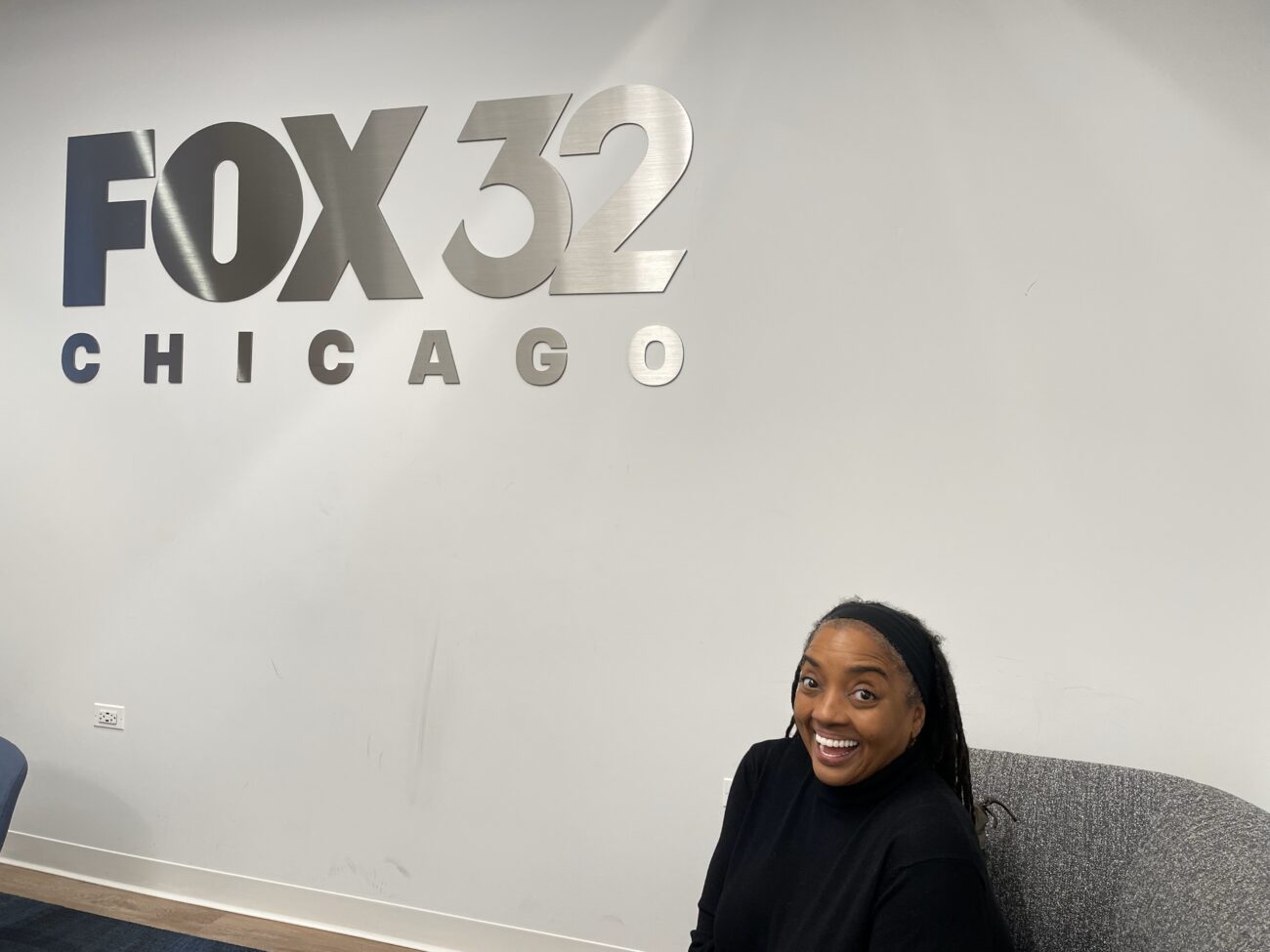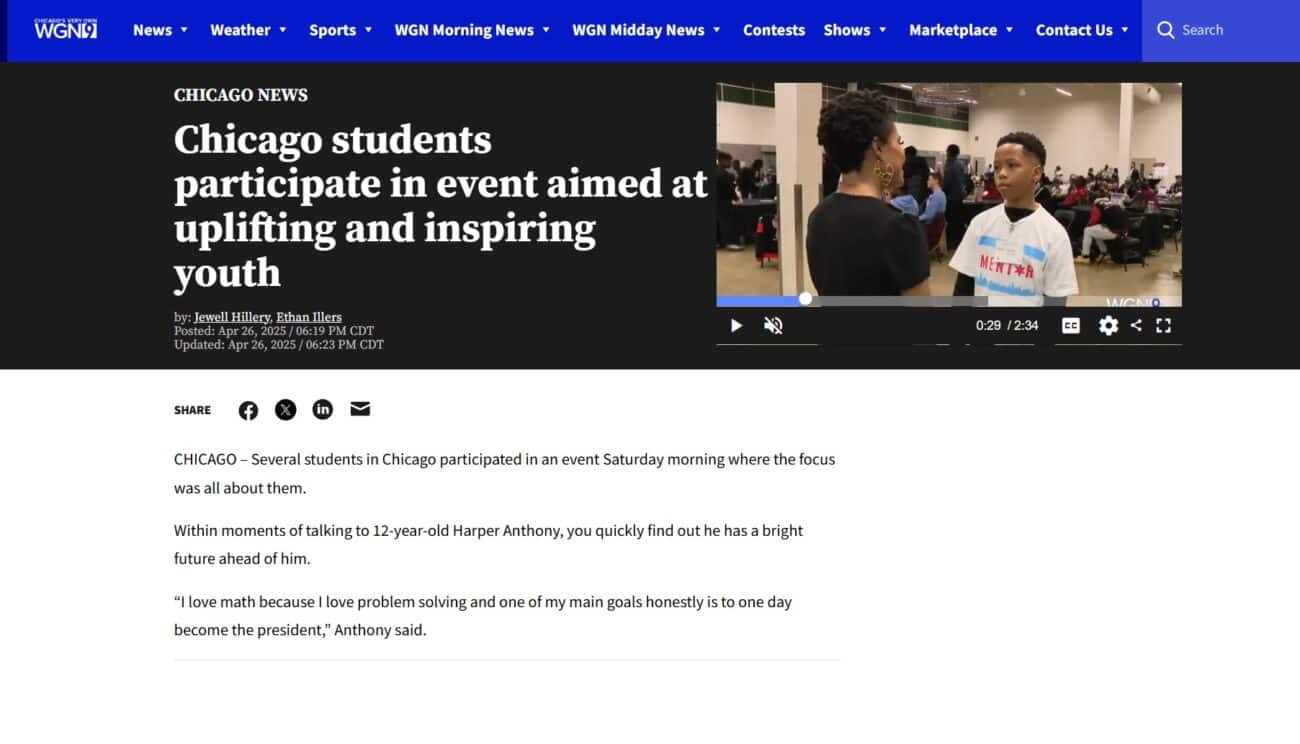Bart St. John, our Chief Innovation and Communications Officer, shares with the Daily Herald Business Ledger how we leveraged resources in-house and leaned on guidance from our board of directors to create Strategic Plan 2020-23.
Sometimes the richest learning experiences happen on the job, through collaboration with colleagues, to accomplish major organizational projects. The executive leadership team at Communities In Schools (CIS) of Chicago learned that nonprofit executives can hone their skills and provide great value to those we serve and our organization without enrolling in professional development or advanced degree programs.
Last year, leadership decided we needed to develop a new strategic plan ahead of schedule. Our existing plan, which covered 2016-2021, had fallen out of date. Not because the goals and strategies outlined in the plan were no longer relevant. In fact, the plan’s priority to growing our dropout prevention work to more Chicago schools and students remained constant. Instead, we had (happily) exceeded the plan’s goals several years earlier than expected, thanks to CIS of Chicago securing several transformational gifts that enabled us to significantly expand our program.
Strategic planning processes can be like industrial vacuum cleaners. Without strong guardrails in place, they suck up tons of staff time and, when led by paid external consultants, precious financial resources as well. While it was tempting to offload the planning process to an outside firm, a cost-benefit analysis took CIS in an opposite direction: we marshaled our Board and staff expertise to develop a new strategic plan in-house.
Out of the gate our team needed to make informed decisions to address a number of questions, including:
- How long of a time period should our new plan cover?
- How quickly could we develop the plan?
- How to ensure that Board, staff, and donors had meaningful participation and stayed in the loop as the plan took shape?
One of the team’s best decisions was to reach out to a former board director, who is an expert in strategic planning. With his ongoing pro bono guidance, we determined that another five-year plan would be impractical and we instead opted for a three-year plan. Thanks to his recommendation, we tightened the planning process — six months from beginning to end. As authors Mark Barden and Adam Morgan argue in their book “A Beautiful Constraint: How To Transform Your Limitations Into Advantages, and Why It’s Everyone’s Business,” a lack of time and money can force organizational leaders to be more innovative in their problem-solving.
In that spirit, we pinpointed our priorities that would lead to a strong plan:
- Conducting an environmental scan of the political and education landscape over the next three years.
- Dedicating significant portions of regularly scheduled board and staff meetings to flesh out our programs, visibility, fundraising, and human resources.
- Making sure capacity-building and innovation themes crosscut all plan goals and strategies.
- Visioning a typical student’s educational journey through high school graduation and writing a narrative about how our strategic plan would make a difference in that student’s life.
Our executive team embarked on our own unique journey to learn and create our own strategic planning, which was completed and approved on schedule last December. What were our key takeaways?
- With discipline, we could manage tight timelines.
- Find the right pro bono expertise and leverage it.
- Develop buy-in from stakeholders by engaging them during the process.
Yes, a team member might have taken a course to learn the process. But we learned by doing it on the job and as a team saved time and money while gaining insights and institutional knowledge along the way.




